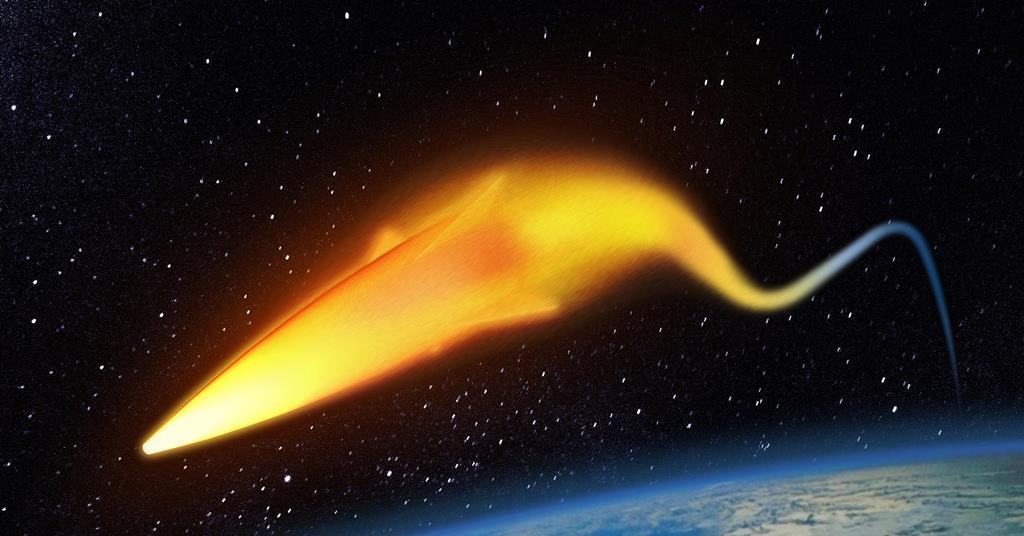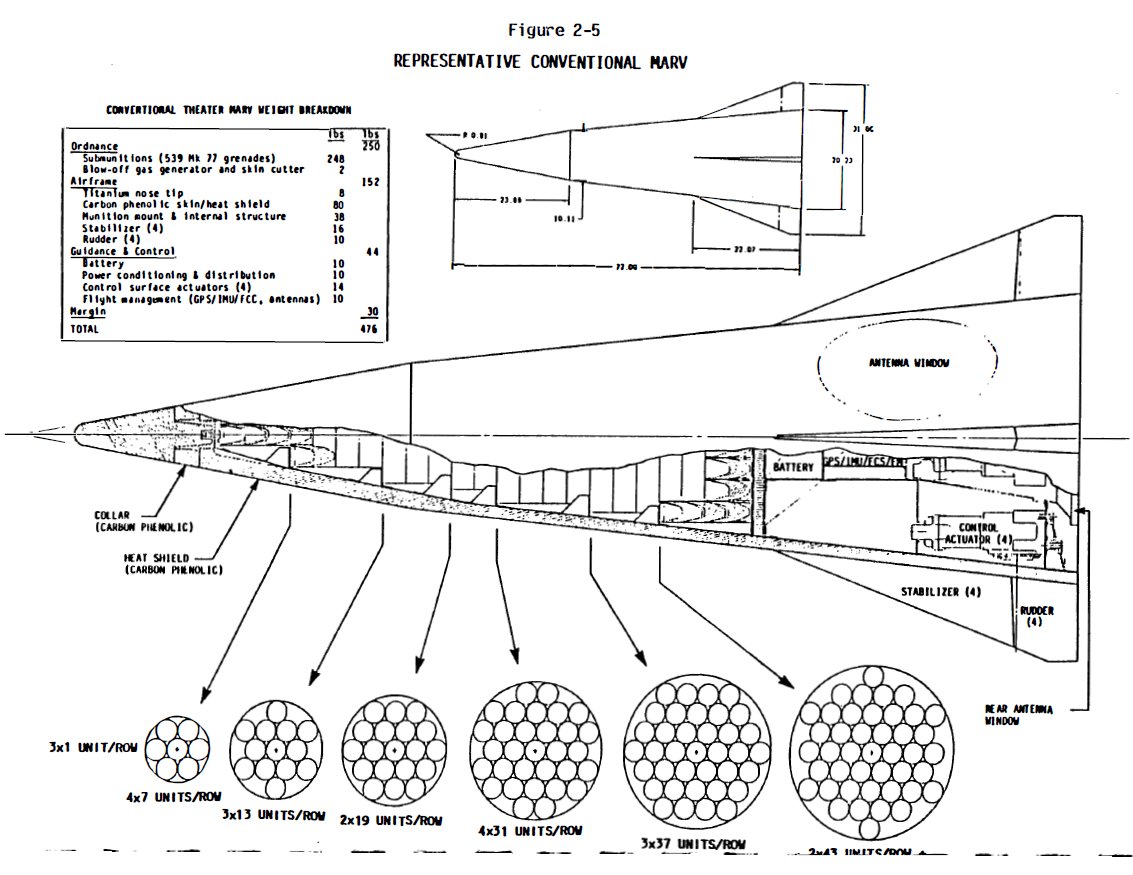dark sidius
ACCESS: Top Secret
- Joined
- 1 August 2008
- Messages
- 1,196
- Reaction score
- 1,068
The reusable hypersonic is more like the Holy Grail .
Last edited:


Just an old model of the gun pod for the F-35B and F-35C.For comparison, F-35 get some tiny ass missile
[Picture deleted in the quote]






 www3.nhk.or.jp
www3.nhk.or.jp
Stealth is less relevant now due to the proliferation of high performance long range SAMs and search radars, but it is still incredibly important for a modern aircraft.Wasn't it the invention of stealth that negated the need in the 80s and 90s for faster and faster aircraft and missiles? Is the need to also now develop hypersonic systems because stealth will no longer be relevant in the future?
But this is what stealth does. Hence the retirement of the blackbird with no follow on faster aircraft, but instead some stealth drones that went nowhere. The B1 was produced and stealthier and slower version when it finally went into service. This is why the B2 is subsonic and stealthy. This is why the F35 isn't exactly "fast" and why the B21 will be subsonic. Arguably stealth does everything hypsonic does. Only flight time is reduced, but if something is long ranged and hypersonic then it will be visible a long way away on radar and IR and the target has time to react before being struck. When Iran launched its missile attack recently on US forces, we had a long time to "brace for impact". How fast were those missiles? If Iran had launched a hypothetical stealthy cruise missile attack then we would not had had time to prepare: things would have just started exploding with no warning. Its impossible to build a stealthy hypersonic aircraft/missile, yes? So you'll see it when its launched all the way to impact.Hypersonics will give the attacking military an extremely tough to intercept weapon to neutralize anti access weapons and to re-allow aircraft, ships, and ground forces to operate freely.Wasn't it the invention of stealth that negated the need in the 80s and 90s for faster and faster aircraft and missiles? Is the need to also now develop hypersonic systems because stealth will no longer be relevant in the future?
I'll concede to most of your points, it is very true that the high and fast style of aircraft and missile fell out of favor in light of the low and slow stealthy designs.Arguably stealth does everything hypsonic does. Only flight time is reduced, but if something is long ranged and hypersonic then it will be visible a long way away on radar and IR and the target has time to react before being struck.Hypersonics will give the attacking military an extremely tough to intercept weapon to neutralize anti access weapons and to re-allow aircraft, ships, and ground forces to operate freely.Wasn't it the invention of stealth that negated the need in the 80s and 90s for faster and faster aircraft and missiles? Is the need to also now develop hypersonic systems because stealth will no longer be relevant in the future?
This is quite drastically wrong. Stealth can't "replace" speed advantages. It just gives its own. You can't significantly decrease NEZ of enemy missiles just by stealth: if you were caught (and you WILL be caught no matter how stealthty you are) - you will be engaged. And if you were engaged - speed + ECM is what you want, not magical "muh 0.0001m^2". Opposite is true: you can't just roll around at high speeds and consider yourself immune (well, technically you can, but that would require speeds unpractical for current manned endoatmospheric crafts). You want to be noticed as late as possible for a whole set of reasons, and speed alone won't cut it.Arguably stealth does everything hypsonic does.

Japan is developing two advanced anti-surface warheads that will be fitted onto two hypersonic weapons that are currently also under development, as indicated by several documents obtained by Jane's from the Ministry of Defense (MoD) in Tokyo.
The MoD's Acquisition, Technology, and Logistics Agency (ATLA) plans to arm these weapons, namely the Hyper Velocity Gliding Projectile (HVGP) and the Hypersonic Cruising Missile (HCM), with the 'Sea Buster' tandem-charge warhead and a multiple explosively formed penetrator (MEFP) warhead, according to the documents.
The warheads are designed to "attack warships and military vehicles deployed around/on the small islands and their surrounding sea area" according to one of the documents in a possible reference to Japan's more remote islands in the East China Sea.
The 'Sea Buster' warhead is being specifically developed to target enemy surface vessels, most likely larger warships, according to the documents. It is composed of a main warhead, which carries armour-piercing high-explosive shells and a nose fuze, and a precursor warhead that uses shaped charges.
Artist renderings depicting this warhead targeting large surface vessels have appeared in several ATLA documents and pamphlets obtained by Jane's . For instance, last year the ATLA published its 'R&D Vision', which contained an artist's rendering of the HCM targeting an enemy aircraft carrier. A text accompanying the image referred to Japan's development of an advanced highly effective penetration warhead that can damage the deck of an aircraft carrier or be used for "area suppression".
The MEFP warhead is being designed to engage surface vessels and both stationary and mobile ground targets, with the ATLA saying in one of the documents that one such warhead will be able to release dozens of hypervelocity metal fragments capable of striking several targets.
DOD conducts 'successful' long-range hypersonic flight test, declares event 'major milestone' | InsideDefense.com
The Defense Department said today it conducted a successful long-range flight of a hypersonic glide body, an event it called a "major milestone" in advancing Army and Navy prototype weapons, flying an experimental payload more than 2,000 miles over the Pacific Ocean.insidedefense.com
Build several thousand for the SCS theaterDOD conducts 'successful' long-range hypersonic flight test, declares event 'major milestone' | InsideDefense.com
The Defense Department said today it conducted a successful long-range flight of a hypersonic glide body, an event it called a "major milestone" in advancing Army and Navy prototype weapons, flying an experimental payload more than 2,000 miles over the Pacific Ocean.insidedefense.com
24I wonder how many an Ohio (or Columbia) SSGN could carry.
24I wonder how many an Ohio (or Columbia) SSGN could carry.
